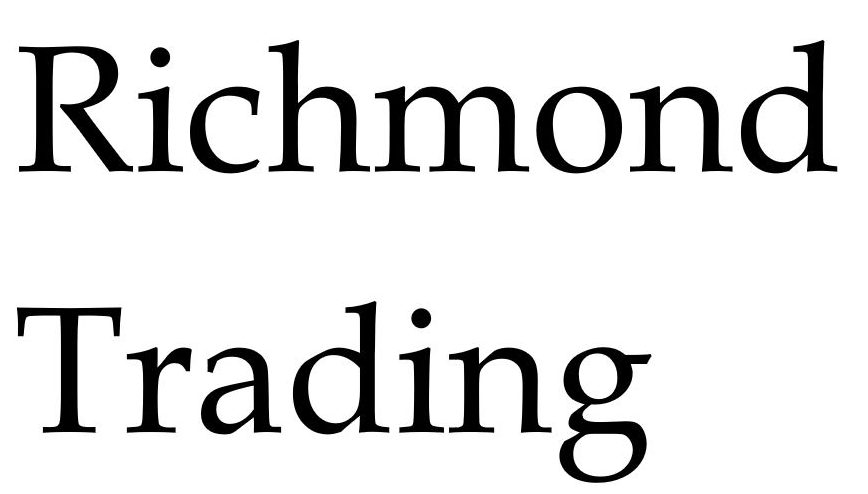“REITs do not beat the Index Funds on total return,” complain many traditional investors.
But, many financially independent investors use REITs (Real Estate Investment Trusts) as a major block of their yearly income.
What are the reasons for this?
First, REITs pay a higher dividend than most companies, due to their legal structure. If you’re not familiar with the tax status of REITs I’d suggest Investopedia.
Second, and less well-known. REITs function as pseudo-Roth IRA accounts. They accumulate value, you pay taxes up front, and then if you need to cash out you may have very little tax burden.
This grants REITS an advantage in asset-building performance over index funds.
An index fund, let’s say IVV (iShares SP 500 Core ETF), might gain 10% per year.
Compounded over ten years?
Let’s pretend IVV compounds for ten years from it’s December 2020 price:

If I must sell IVV after 10 years, I’ll be forced to pay long-term capital gains. Almost $1,200!
Now, let’s consider a well-known, and stable, high-dividend REIT.
GOOD (Gladstone Commercial Commercial Corporation) pays me 8.32% (I do hold a substantial holding in GOOD).
Let’s consider the growth of a single share at 1% per year, AND the growth of 200 shares at 1% a year with an 8.32% dividend.

As you can see, the tax burden if you sell after 10 years – assuming good only grows at 1% a year, is very minimal (this is a very rough estimate of the taxes, but it assume the cost basis grew minimally).
How did the stock grow in value? The dividends came each year. Yes, you must pay taxes on those dividends. But two key factors make this taxation less onerous.
1. You’ll only pay taxes on NEW dividends, and you can take the pass-thru exemption, but that’s for a later article. You’d pay, probably, around $30-70 a year on GOOD’s dividends each year.
But, the real secret to tax “savings” lies in the cost basis.
2. You invested $3,600. The IRS assumes you BOUGHT (you did actually) the additional $5,000 in GOOD over 10 years. This means your cost basis, the amount that you “originally” spent, rises each year. You only pay capital gains taxes on the DIFFERENCE between your cost basis and sales price.
IVV, or any stock that grows and has a low (or no) dividend, leaves you with a huge income bump if you sell it. This looks great on paper when you log into your account.
You might exclaim “my money tripled.” It did, but so did your tax burden when you sell the shares.
When you see an REIT’s cost basis over the long term, you’ll notice IT GROWS.
You only “spent” $3,600, but your broker tells you that you spent $8,500. This is why “low growth” stocks with high dividends often provide the same wealth bump as index funds, but leave you with zero tax burden if you decide to sell in the future.
A growing cost basis creates a major reason owning REIT or other dividend-focused stocks worthwhile long term.
If you must sell it in an emergency, or to buy a different asset, you’ll take MOST of the sale price with you as cash.
If you sell those index funds, you WILL pay taxes.

